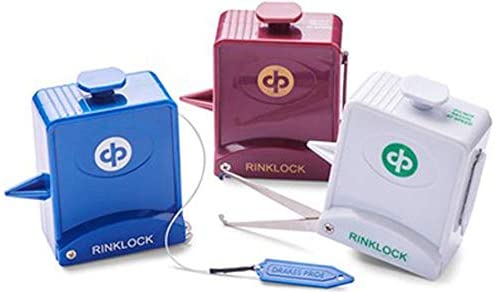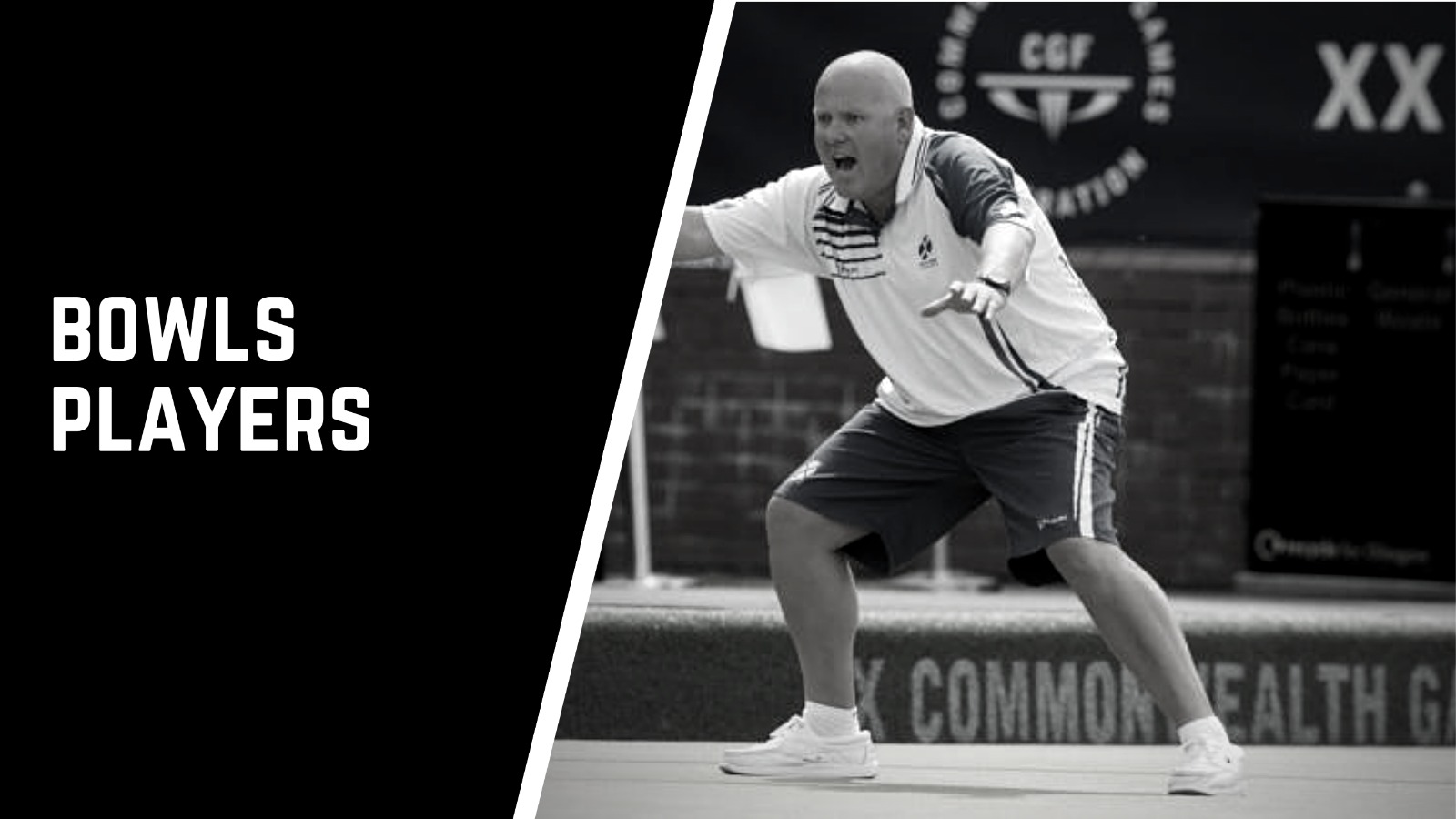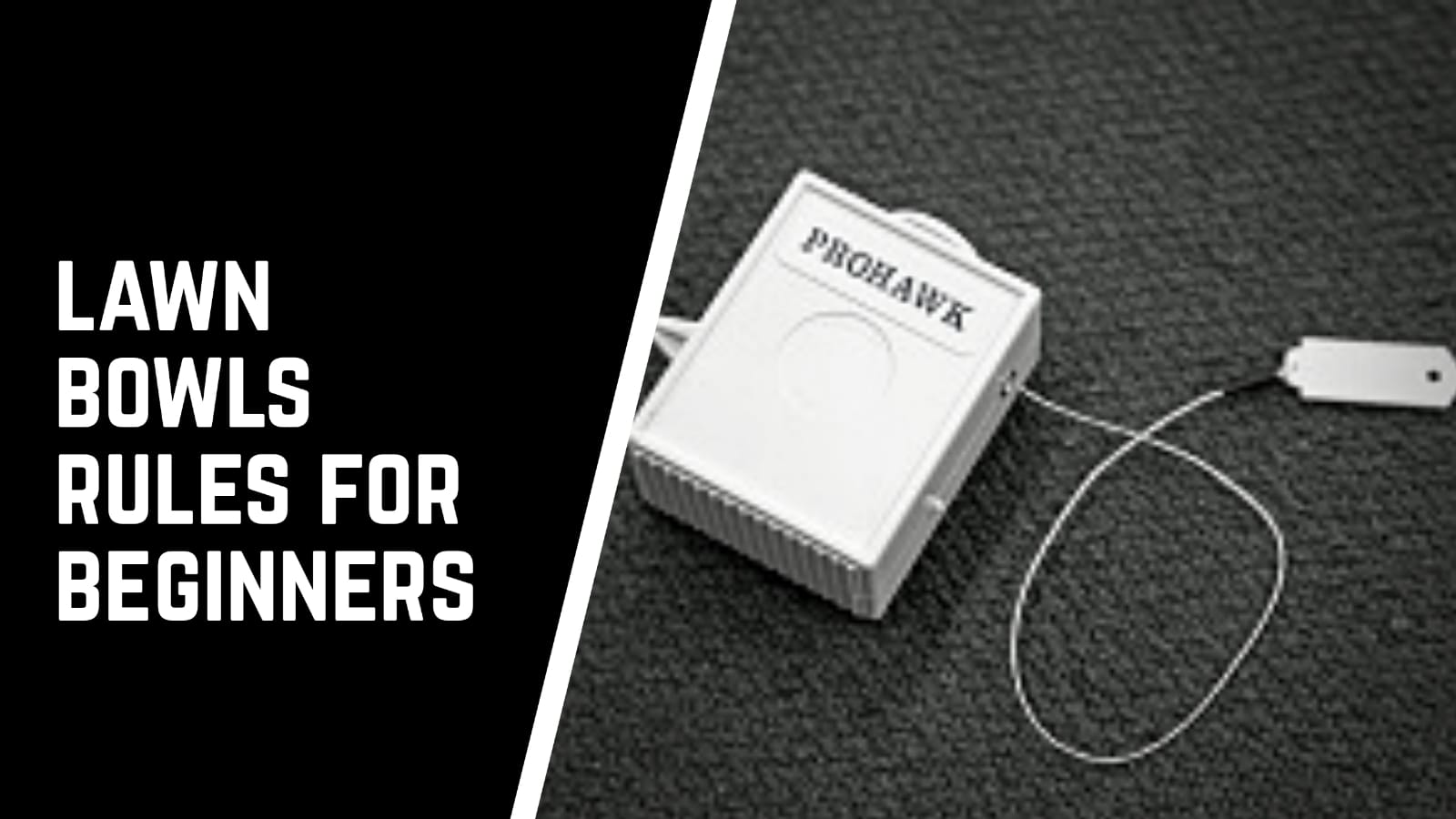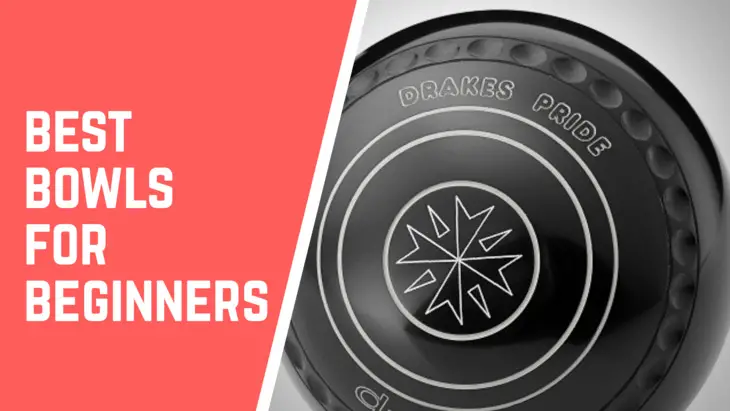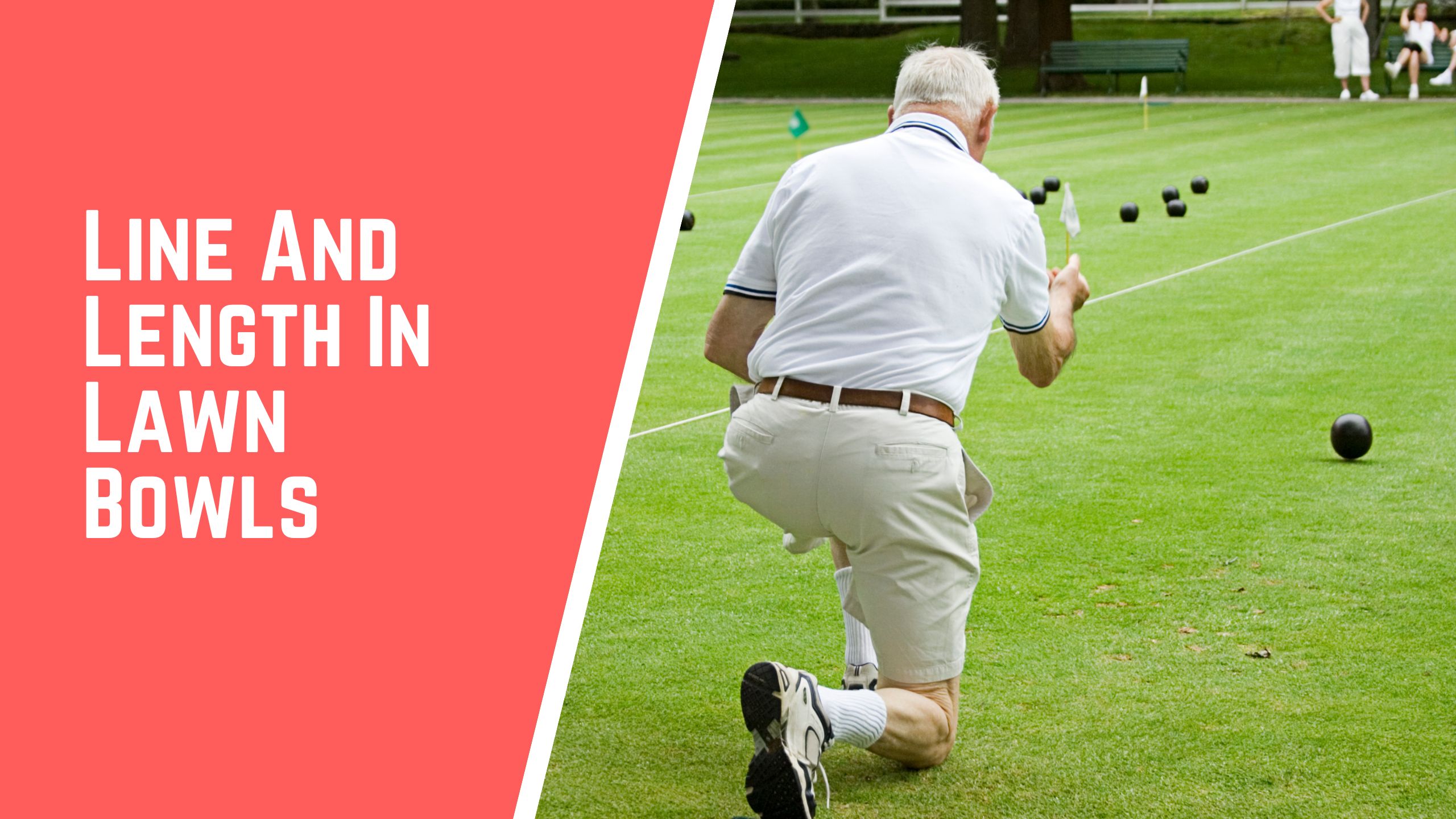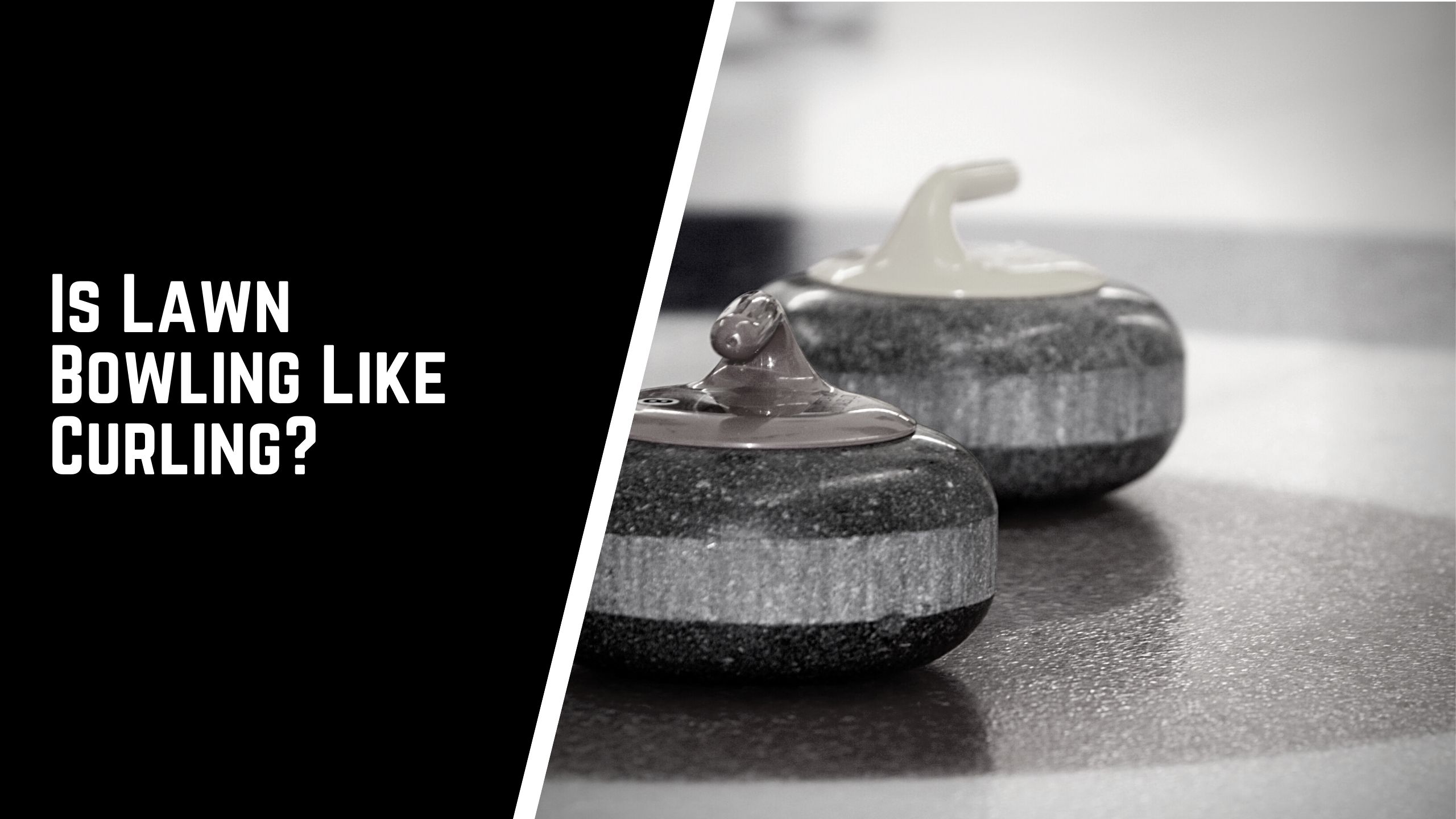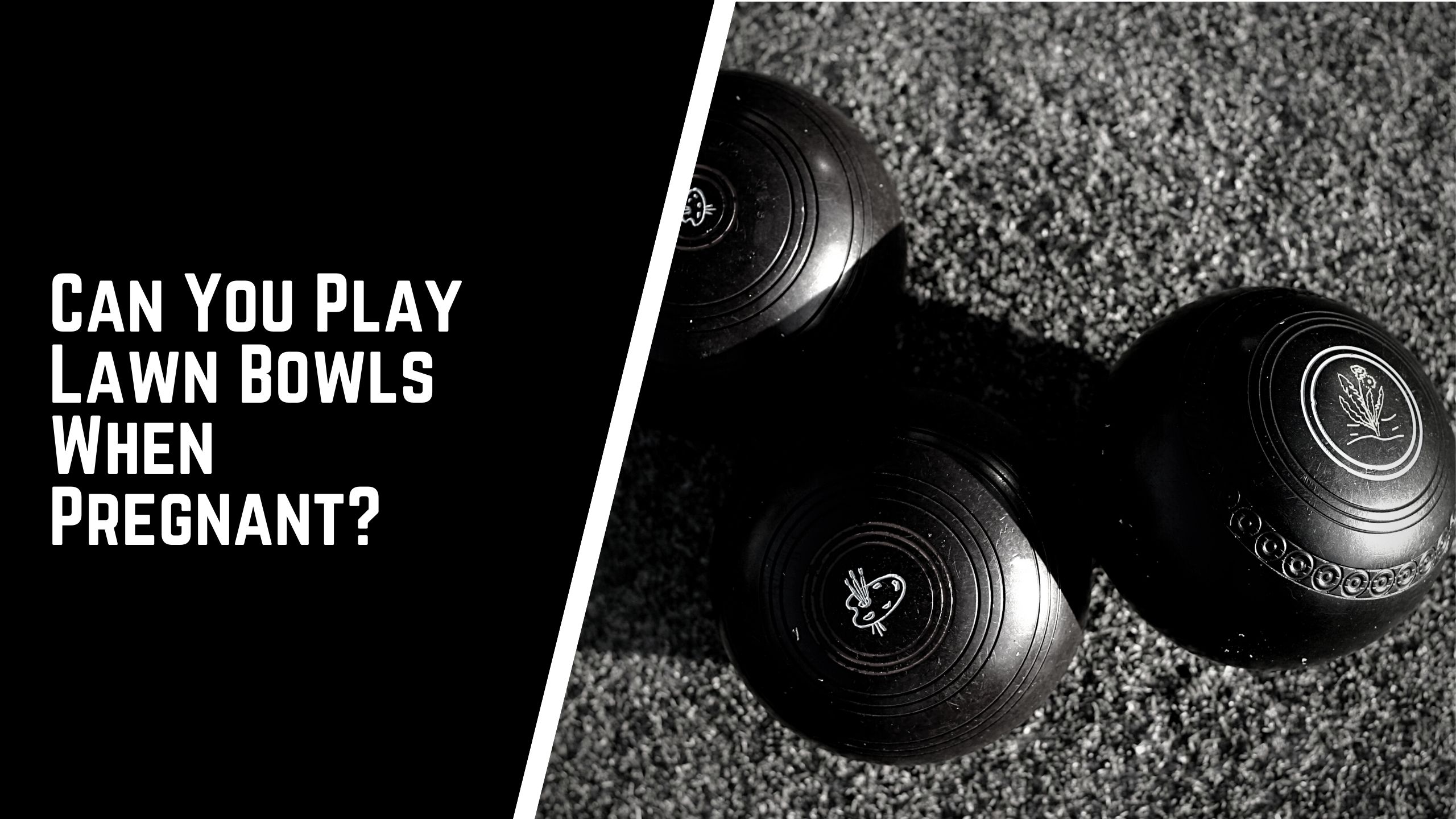The bias of a bowl is key to the game of bowls, but it can be a confusing concept for many beginners.
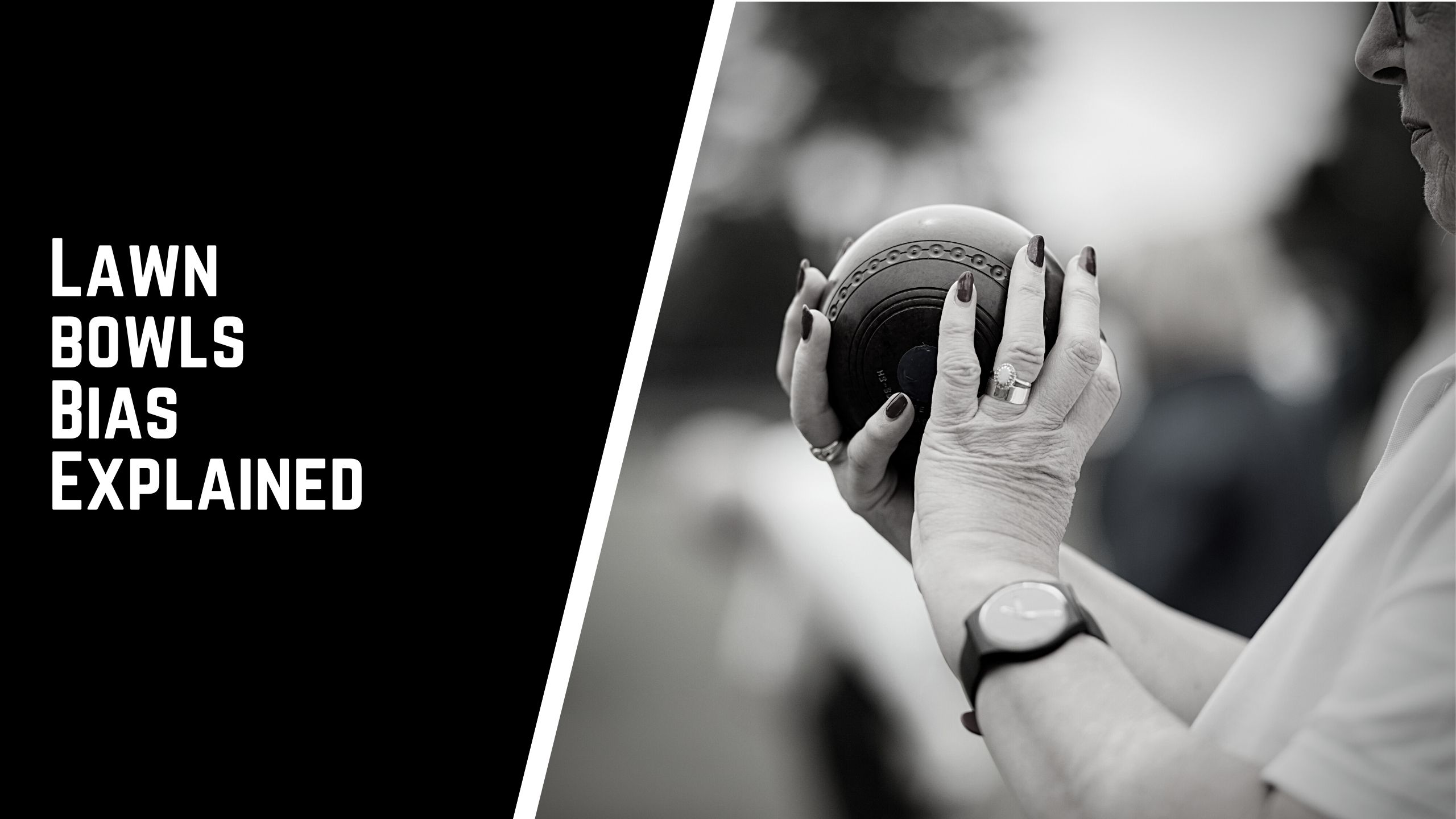
Why does a bowl turn? And how do I know which way it’s going to go? These are common questions many new bowlers have. In this guide I will look to cover the basics of what the bias is, how it works, and how to know which side the bias is on.
Do bowls have a bias?
Lets cover the absolute basics first, “do bowls have a bias”? Yes, bowls have a bias on one side of the bowl. The bias is the sole reason for the bowl bending on its journey up the green. There is no technique used by the bowler to make this turning action happen.
It is a common misconception to assume the bowl has a weight embedded within the bowl – this is incorrect.
The bias of a bowl is achieved through shaping one side, so that it is not perfectly round. The shape achieved by the manufacturer will provide a certain amount of turn.
Modern bowl manufactures can also impact many other aspects of the bowls trajectory, including when the bowl starts to turn and how much it turns as it begins to slow, all of which is determined by the design of the bias of the bowl.
How do you know the bias on a bowl?
The level of bias on a bowl will be determined by the manufacturer.
Manufacturers (such as Drakes Pride, Taylor and Aero) produce specific models, with each model having a set amount of bias – also known as the “bias strength”. All manufactures have a range of bowls, each with a different strength of bias, giving you the option of getting a set with the amount of bias you are looking for.
If you have a set of bowls and are unsure what the bias strength is, you can see my guide on bowls trajectories here.
Beginner Essentials
Which side of the bowl is the bias?
When held in the hand, the biased side will be on the side you want the bowl to turn – for example, if you want to make the bowl go from left-to-right you would hold the bowl with the biased side on the right hand side.
You can determine which side is the biased side by looking for the side with the small logo. It is also usually the side with the stamp. You can find out more about what the stamp means on lawn bowls here.
Here is an example of a “bias side” of a bowl. The other side will show a larger logo or emblem, and will have the manufacture name and bowl model, however the biased side has a much smaller icon, and the bowl stamp.
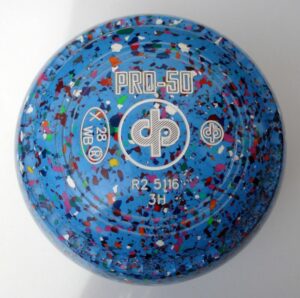
Conclusion
The bias of lawn bowls is a key to how the game is played. Knowing how the bias works, and how you need to apply it is a fundamental skill.
Firstly, knowing that the amount of bias you have may be different to the other players on your team. This means you can’t just copy the lines and aiming points they use.
Secondly, knowing how to identify which side the bias is on is important, as it allows you to play the shots you intend – as well as avoiding embarrassment of having your bowl turn the wrong way!
Get The Complete Lawn Bowls Drill Pack
The Jack High Bowls Drill Pack is available now for instant download.
Perfect for beginners and improving players looking to be more consistent and win more games!

Get The Complete Lawn Bowls Drill Pack
The Jack High Bowls Drill Pack is available now for instant download.
Perfect for beginners and improving players looking to be more consistent and win more games!




